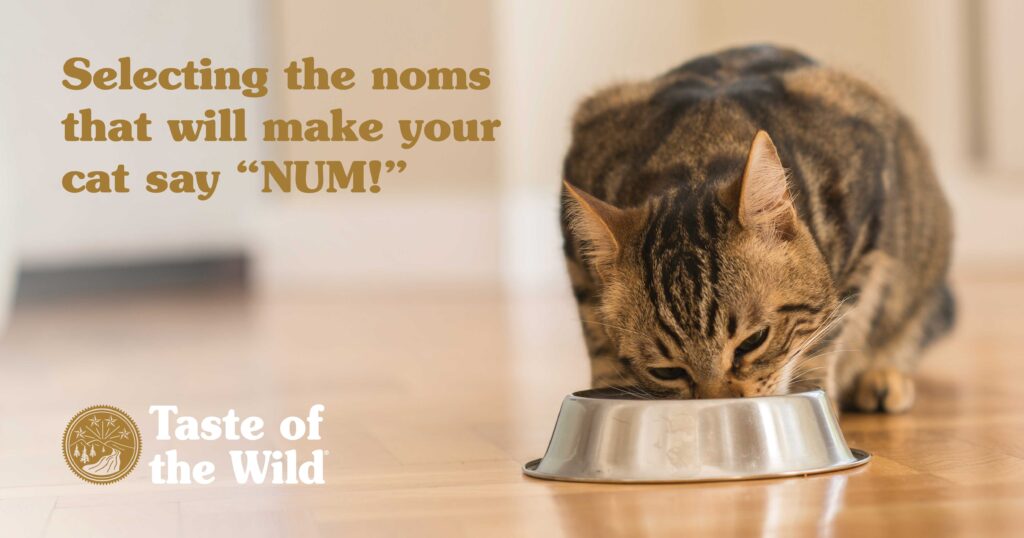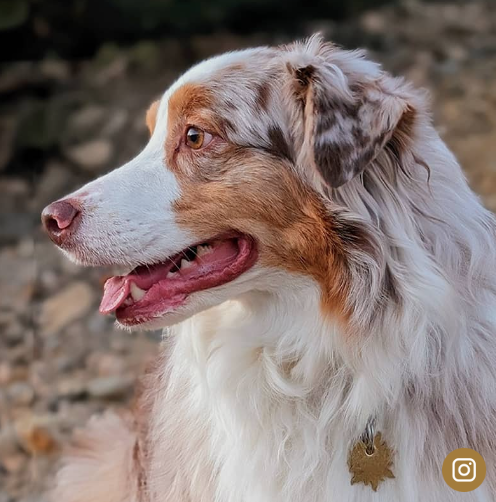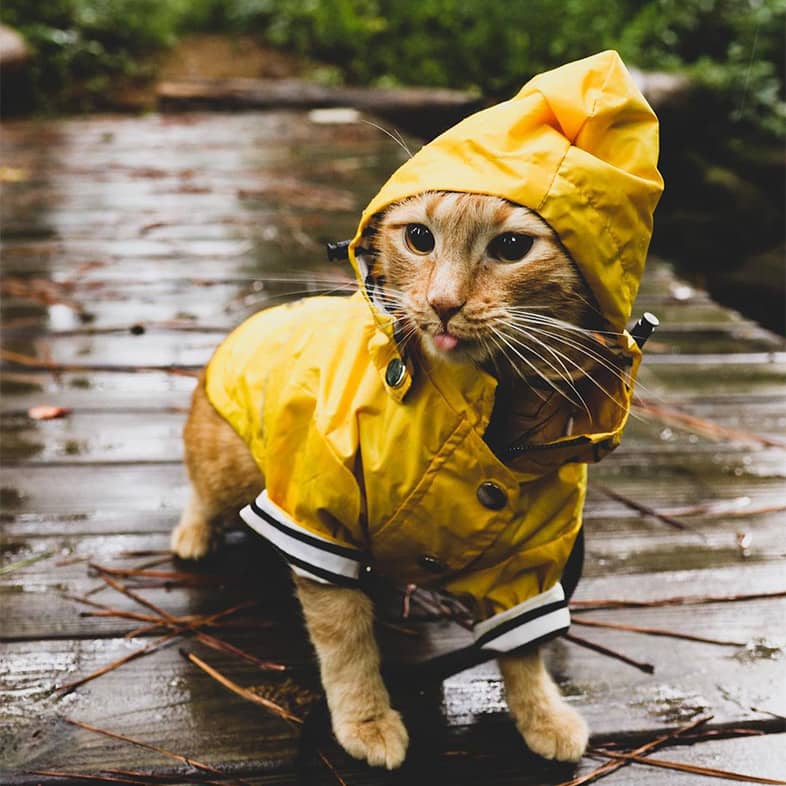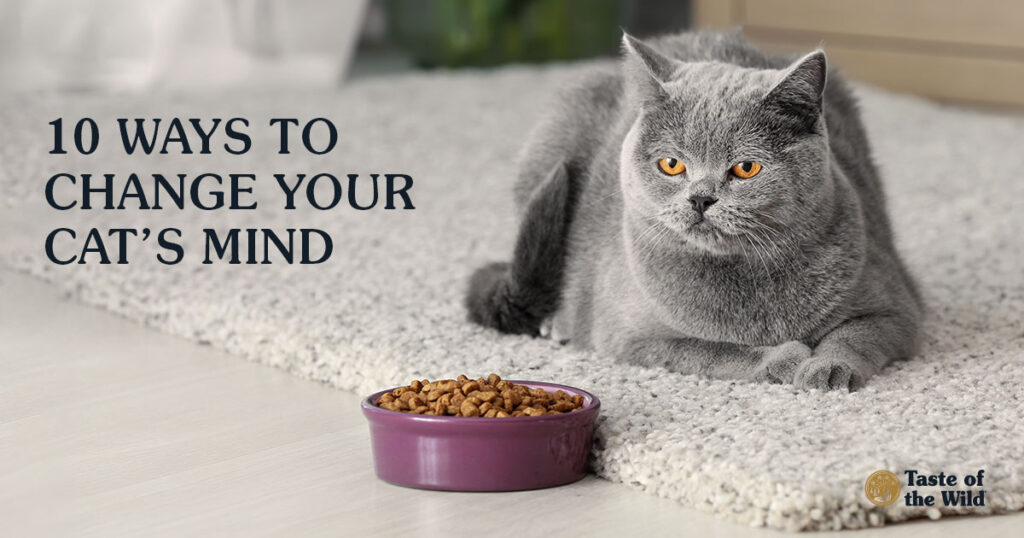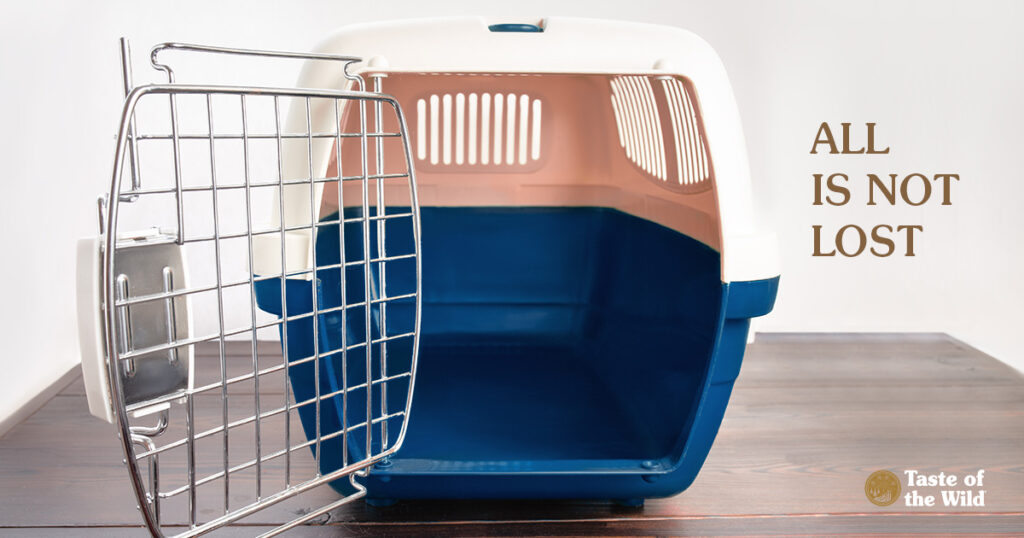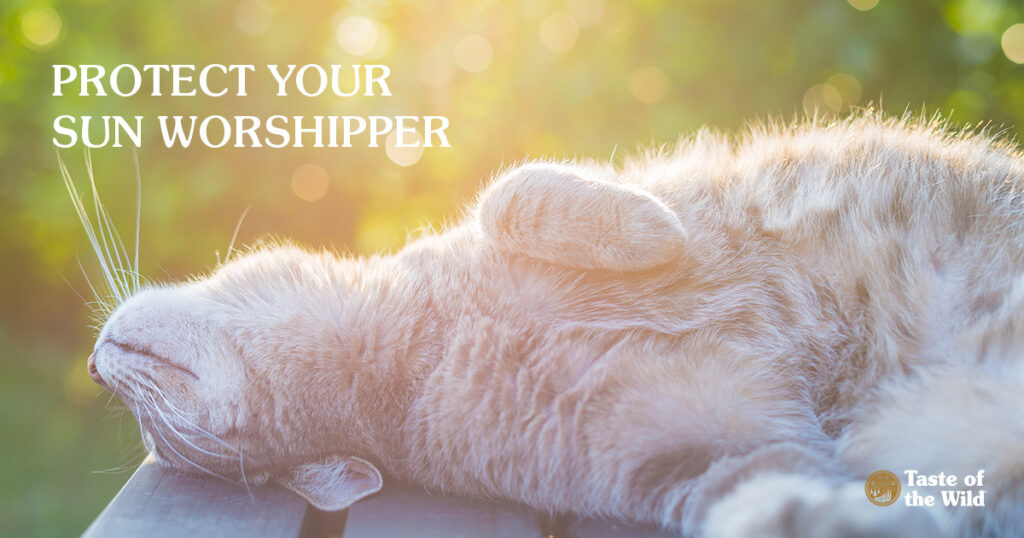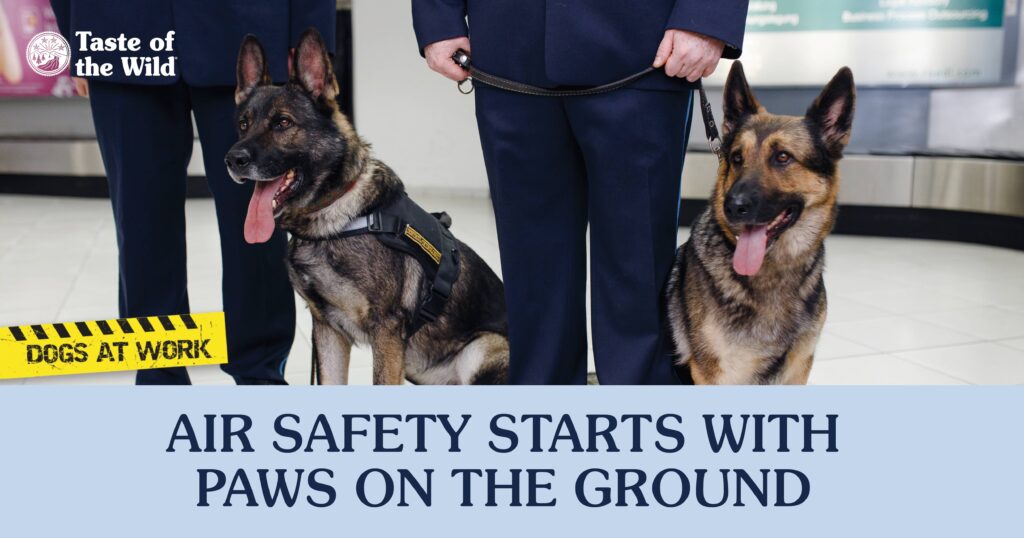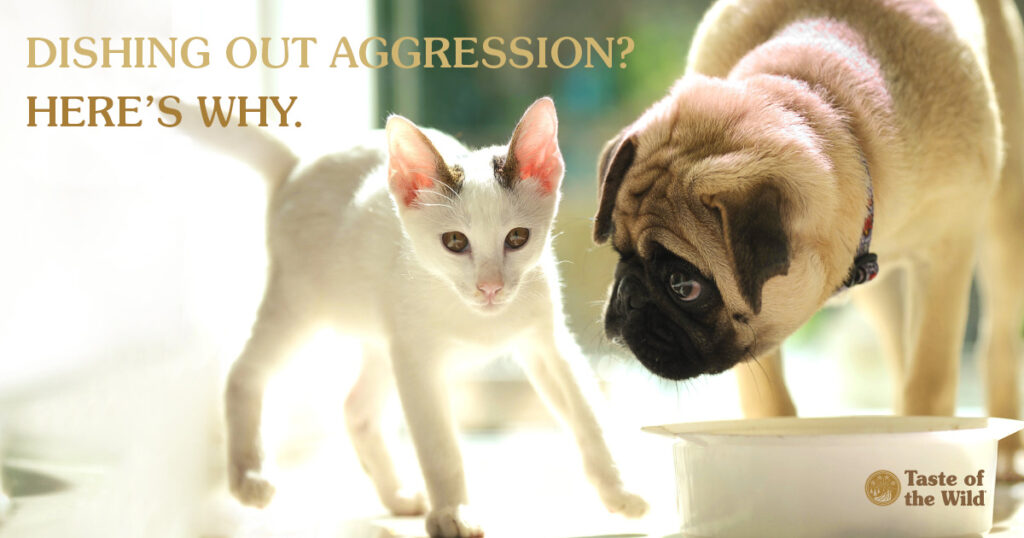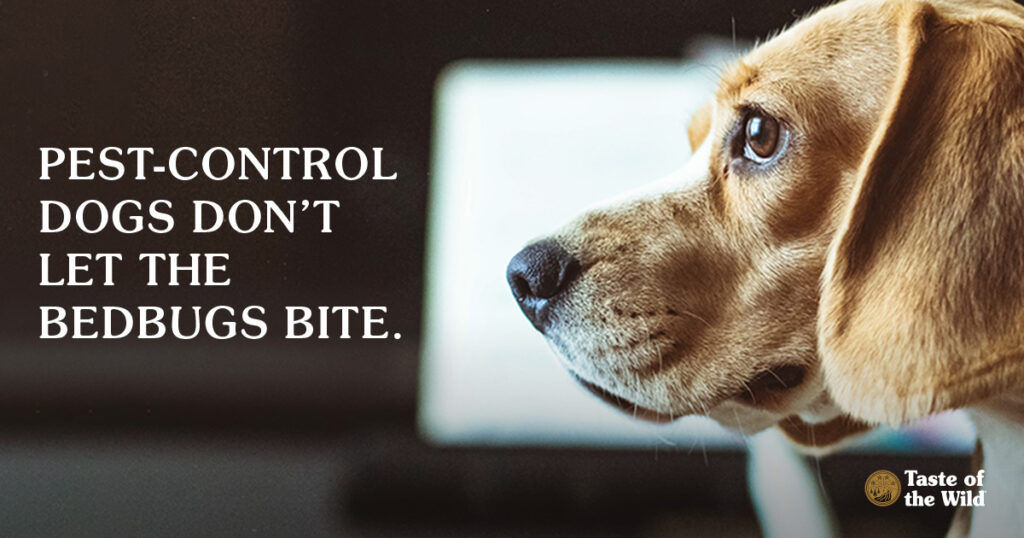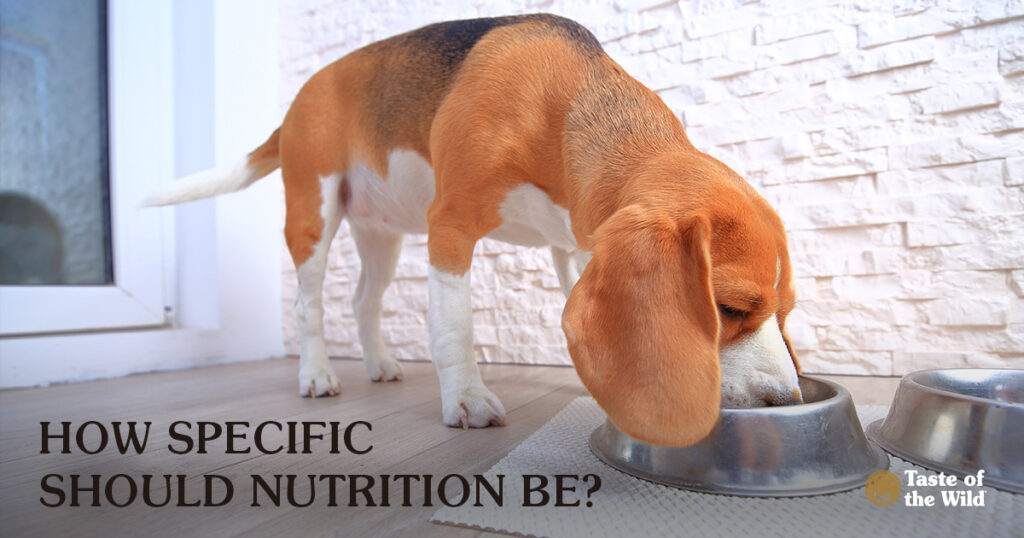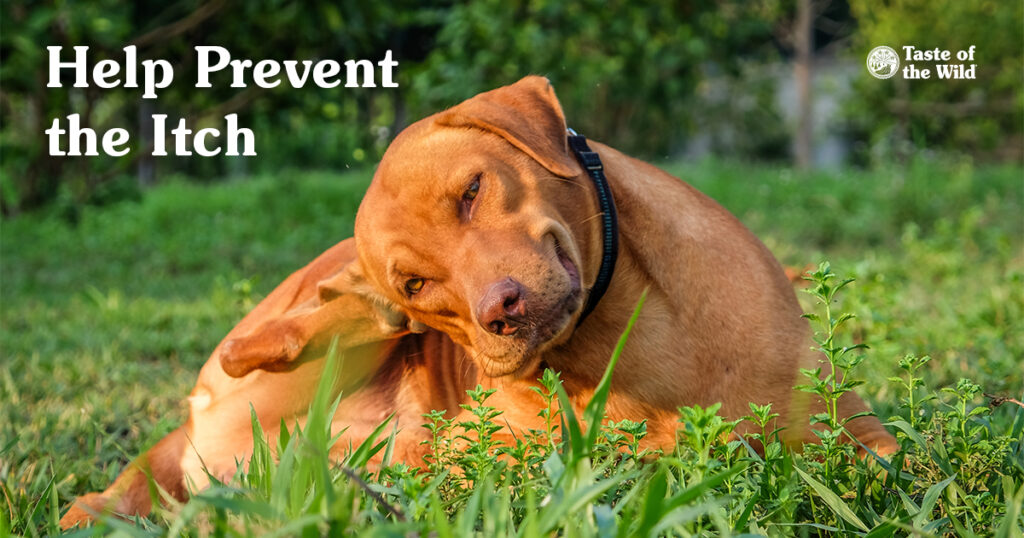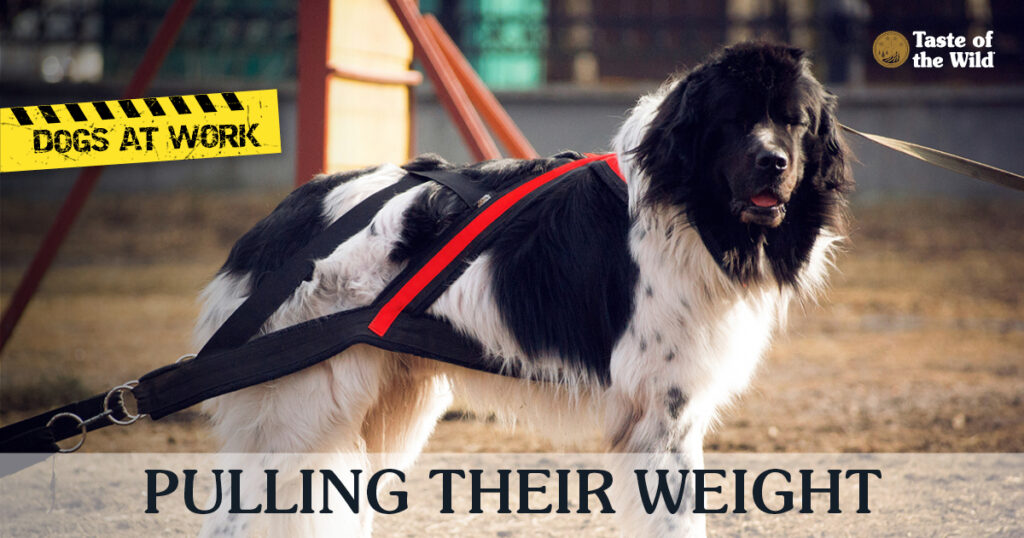Fleas and ticks not only annoy your dog, they can transmit diseases as well. Fleas can transmit tapeworms and bacteria, and some dogs are allergic to flea saliva, a condition called flea allergy dermatitis. The bite of a single flea can cause severe itching, inflammation and hair loss in dogs susceptible to flea allergy dermatitis.
Ticks aren’t innocent either; they can transmit the organisms that cause dangerous diseases such as Lyme disease (transmitted by deer ticks and western blacklegged ticks) and Rocky Mountain spotted fever (transmitted by American dog ticks, brown dog ticks and Rocky Mountain wood ticks).
It’s important to protect your dog from these pesky little suckers, but there are a myriad of options to choose from when it comes to tick and flea control in dogs. So we’ve created this guide to help you learn about the different types of tick and flea preventives.
Tick and Flea Treatment for Dogs
Flea and tick control products for dogs come in many forms, including shampoos, collars, spot-on topical treatments and oral treatments. We have described the differences between each type below, but always ask your veterinarian which prescription or over-the-counter flea and tick products are right for your dog.
If you have multiple dogs, don’t split doses of flea and tick preventives between them. Most of these products provide a specific dose for the weight of the dog. If you split the doses, your dog may not receive an effective dose to help ward off fleas and ticks. You should also check if there are age or weight requirements for puppies.
Topical Treatments: Do Tick and Flea Collars Work?
It’s important to know that all topical products (collars and spot-on topical treatments) don’t kill fleas and ticks as soon as they are applied to your dog. Ticks and fleas need to come in contact with the chemical, so it can take hours to kill most adult fleas and ticks after treatment. Dogs can also pick up new fleas and ticks when they visit flea- or tick-infested areas, which is why you may see live fleas and ticks on your dog even though they’re wearing a flea and tick collar. However, if the collar is used appropriately, those new fleas and ticks should be dead within 24 hours.
Some topical treatments can also provide protection against chewing lice, ear mites, biting flies and heartworm. While a topical solution is quick and easy to apply and doesn’t require fleas and ticks to feed on your dog, application can be hard and efficacy can be affected if your dog has a thick coat. There is also the potential for chemical exposure to people and other pets. Most topical treatments are administered monthly.
Don’t use your dog’s topical flea and tick medication on your cat. Many spot-on canine flea and tick medications contain permethrin or pyrethroid. These active ingredients can be extremely toxic to cats, leading to adverse effects such as drooling, seizures and, in some cases, death.
Oral Tick and Flea Treatments for Dogs
With oral prevention products, fleas and ticks must feed on the dog (bite them) before they are exposed to the medication. So like topical treatments, oral treatments usually won’t kill fleas and ticks immediately, although they typically work faster than topical products. Any new fleas and ticks also need to feed on your dog before they are killed.
Oral flea and tick control products remove the risk of chemical exposure to other pets and people after administration. Some oral flea and tick products provide protection against intestinal parasites (hookworms and roundworms) and heartworm disease as well. While most products are flavored with a dog-approved taste, giving an oral treatment to some dogs can be challenging.
Flea Shampoo for Dogs
Flea shampoo is a treatment rather than a preventive. If your dog has a flea infestation, medical shampoos can immediately kill fleas that are on your dog, but they won’t stop fleas from coming back. You also need to use a flea preventive treatment.
You can also purchase a flea comb that is designed to remove fleas, as well as flea larvae and eggs, from your dog’s coat. Brush your dog’s fur as close to the skin as possible to capture the fleas. As you’re combing, get rid of any fleas you find by dunking the comb in a bucket of soapy water.
Safety is important if you have a cat in the house. Some dog flea shampoos contain ingredients that are toxic to cats. Be sure to read the label before bathing your dog.
Whichever form you decide to use, if you have a flea infestation, all pets in your home need to be treated for fleas. Any untreated pets can become the source of new flea infestations. Fleas are opportunistic and great at hiding. You can find them in your dog’s bedding, in upholstered furniture, even between cracks in flooring. In addition to treating all pets in your home, you should treat fleas in your dog’s environment as well, using over-the-counter insecticides or by calling an exterminator.
How to Remove a Tick from a Dog
If your dog encounters a tick-pocalypse and is covered in ticks, take them to your veterinarian. They can recommend a fast-acting product to kill most of the ticks, and then you can remove the rest manually. If your dog only has a few ticks, you can remove them using fine-tipped tweezers or forceps. Follow these steps:
- Grasp the tick with tweezers as close to the skin as possible, avoiding the tick’s body.
- Gently, firmly and steadily pull on the tick until it comes out.
- Don’t jerk or twist the tick as the mouthpart may break off and remain in the skin.
- Clean the wound with soap and water.
- Clean your tweezers with rubbing alcohol.
- Place the tick in a sealed bag and dispose of it.
- Monitor the site for signs of infection (redness, swelling, pus or pain).
Don’t panic if the mouthparts remain embedded in the skin. They will be expelled naturally by your dog’s body in a few days. The good news is that the tick can no longer transmit disease if their body is gone.
Even with tick medications, ticks may not be killed immediately. The sooner you can find and remove ticks, the less chance the ticks have of transmitting disease-causing organisms. Before bringing your dog inside, run your hands over their body and check around the ears.
While there are “home remedies” for removing attached ticks, many are actually dangerous to your dog (and you). Here is some more info on what NOT to do when removing a tick.
Indoor Dogs Need Tick and Flea Prevention Products, Too
Dogs who spend most of their time indoors can still be at risk of flea and tick bites. Mice can carry fleas into your house, and feral cats, raccoons and opossums can drop flea eggs in your yard. Ticks can hitchhike on urban wildlife such as deer and coyotes and drop off along the paths you walk with your dog. Even when your dog spends most of their time indoors, it’s pretty easy for fleas and ticks to hitch a ride.
Avoid “Natural” Flea and Tick Treatments
Some topical products rely on essential oils such as peppermint or lemongrass oils to kill or repel fleas. Feeding dogs garlic is supposedly another natural way to eliminate these pests. Unfortunately, these approaches are usually not effective in breaking the flea life cycle and can actually be toxic to dogs. For safe, effective control, it’s always best to rely on your veterinarian’s advice.
Stay on Top of Flea and Tick Preventives
Even though we tend to think of fleas and ticks as spring or fall problems, it’s important to use flea and tick protection on your dog all year. Many of these parasites are still active during the winter months, no matter how cold it may get, so providing year-round protection is important.
Finding fleas or ticks on your dog is never fun, and it’s not easy keeping your dog free of these annoying parasites. But if you follow these tips, you can help minimize the dangers that ticks and fleas can bring.
